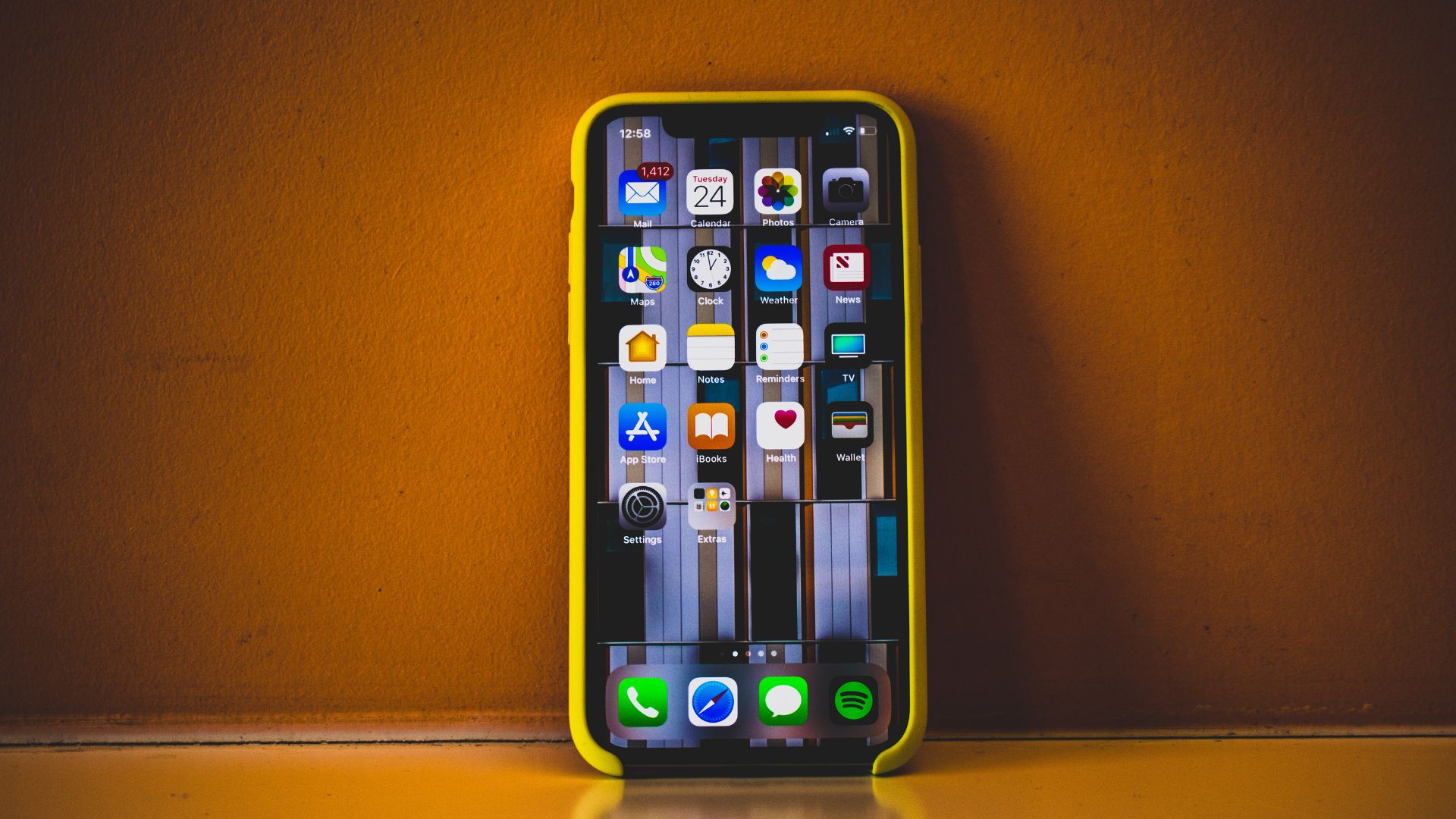
Untuckit considered locations for a new store on Long Island, N.Y., they initially dismissed a location they felt was too close to an existing store at the Roosevelt Field mall. Then the men’s apparel brand saw the cellphone data. It showed the two locations were drawing customers from opposite ends of Long Island, convincing them that if they were to add a store at the second mall, it wouldn’t cannibalize the first. The execs signed a lease and are scheduled to open at Walt Whitman Shops next month. It is one of at least 14 new stores Untuckit plans to open this year. The digitally native company leaned heavily on cellphone and other data from technology company Placer.ai in choosing locations, said Chris Riccobono, the company’s founder. “It allows you to see your demographic,” he said. “It gives us this level of confidence.” Retailers opened more stores than they closed in 2023 for the third consecutive year. Company announcements tracked by research and advisory firm Coresight Research show the streak continuing into 2024, and retail vacancy has fallen to record lows nationwide. Underpinning this steady expansion is the increasing sophistication of cellphone data and other location analytics, which allow companies and landlords to pinpoint spots for successful stores with greater accuracy than ever before. Pings and GPS signals from shoppers’ cellphones tell retailers not only how many people visit a mall or strip center a day, but also what time they go, how long they stay, where they shop and how many times a year they are likely to come back. Retailers layer in their own data, including customers’ addresses and shopping preferences gleaned from their online sales and loyalty-program apps. “There’s so much data at tenants’ and retailers’ fingertips now,” said Josh Suffin, president of real-estate services for the analytics company RetailStat. “ Significantly more than there was 10, 20 years ago.” Many retailers buy this data from third-party companies such as RetailStat, whose clients also include landlords, brokers and lenders. Grocers, for example, use estimates of competitors’ sales compiled by RetailStat to forecast what their sales would look like if they opened in a particular location. “If the forecasted volume isn’t high enough, they won’t do a deal,” Suffin said. Data usage isn’t new: Retailers have long relied on U.S. census data to choose store locations. S t a r b u c k s looked at where it was mailing the most bags of ground coffee when it was expanding to the East Coast in the 1990s, said David Firestein, managing partner with the firm TSCG who helped the coffee chain sign its first New York City lease. Retailers also used to hire services that would station employees in parking lots or on street corners with handheld clickers, pushing their thumbs down to count cars and pedestrians. Digitally native companies such as Warby Parker and Allbirds analyzed their customers’ orders and shipping addresses in deciding where to open their first bricks-and-mortar stores in the mid-2010s. More recently, retailers have started layering in foot-traffic data. Madison Reed, which started selling its hair-color products online in 2014 before opening its first salon in 2017, combines its own knowledge about its customers with cellphone analytics from Placer.ai to identify locations for new salons. Placer.ai aggregates data from tens of millions of mobile devices. It tipped Madison Reed executives off to shopping centers they wouldn’t have previously considered, while warning them away from others, said founder Amy Errett. Errett said she doesn’t rely solely on foot-traffic data. She likes to sit on a bench in a shopping center watching customers walk by for hours before signing the lease for a new location. But retailers and brokers broadly agree that cellphone data provides more reliable and precise data than in the past. This helps retailers feel confident that a store will be successful before they sign a long-term lease and spend sometimes millions of dollars in build-out costs, said Anjee Solanki, national director of retail services and practice groups, U.S., for real-estate firm Colliers. Machine learning and artificial intelligence are expected to further accelerate the store opening process. Retail-Stat is working on training artificial intelligence on its historical data, such as where stores opened and succeeded or failed. “We are just at the beginning of what’s to come,” Suffin said. Placer.ai aggregates data from tens of millions of mobile devices. An Untuckit Pennsylvania outlet. The men’s apparel retailer turned to data from Placer.ai in its decision to open a store on Long Island next month.
Fuente de nota e imagen: Copyright (c)2024 Dow Jones & Company, Inc. All Rights Reserved. The Wall Street Journal

